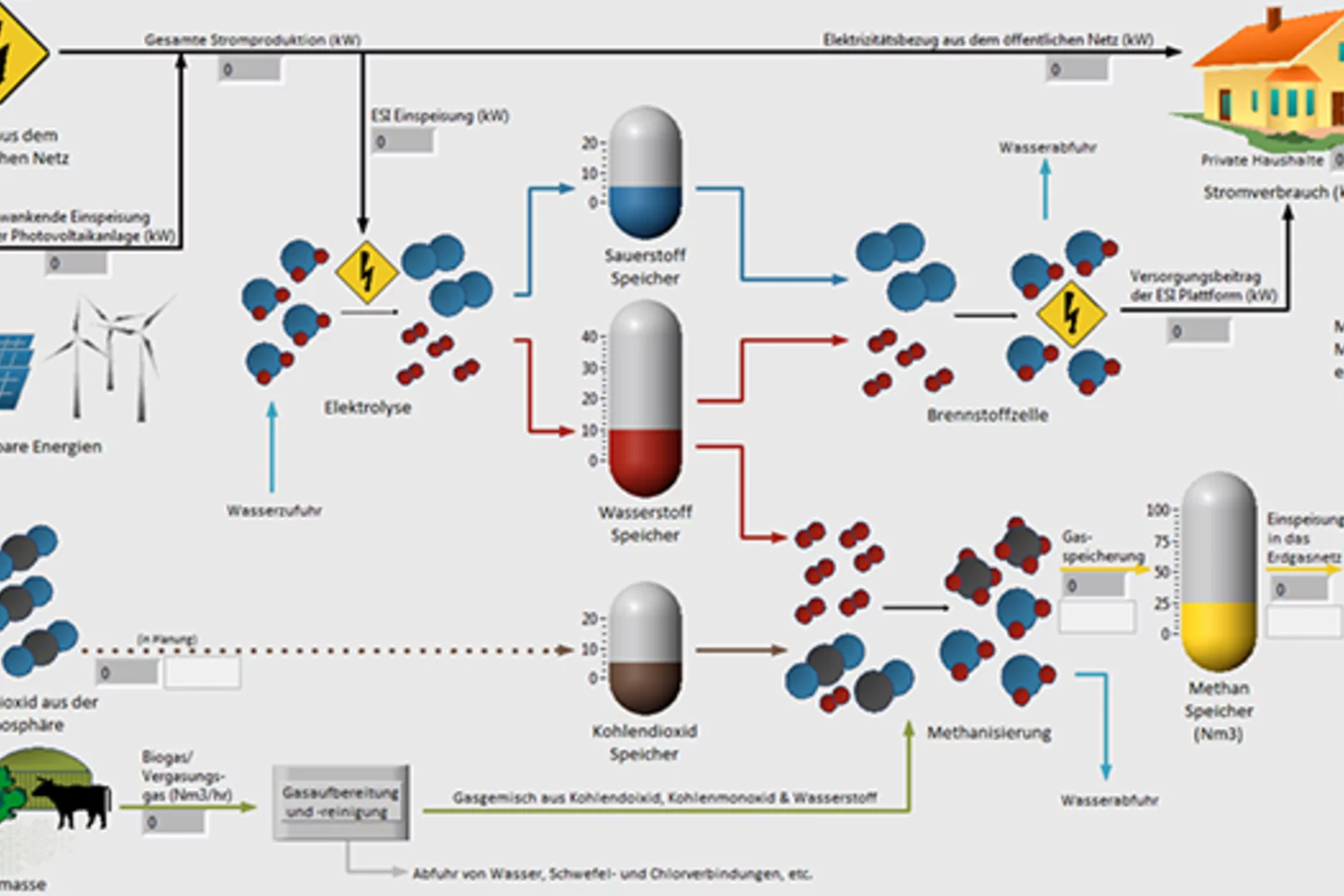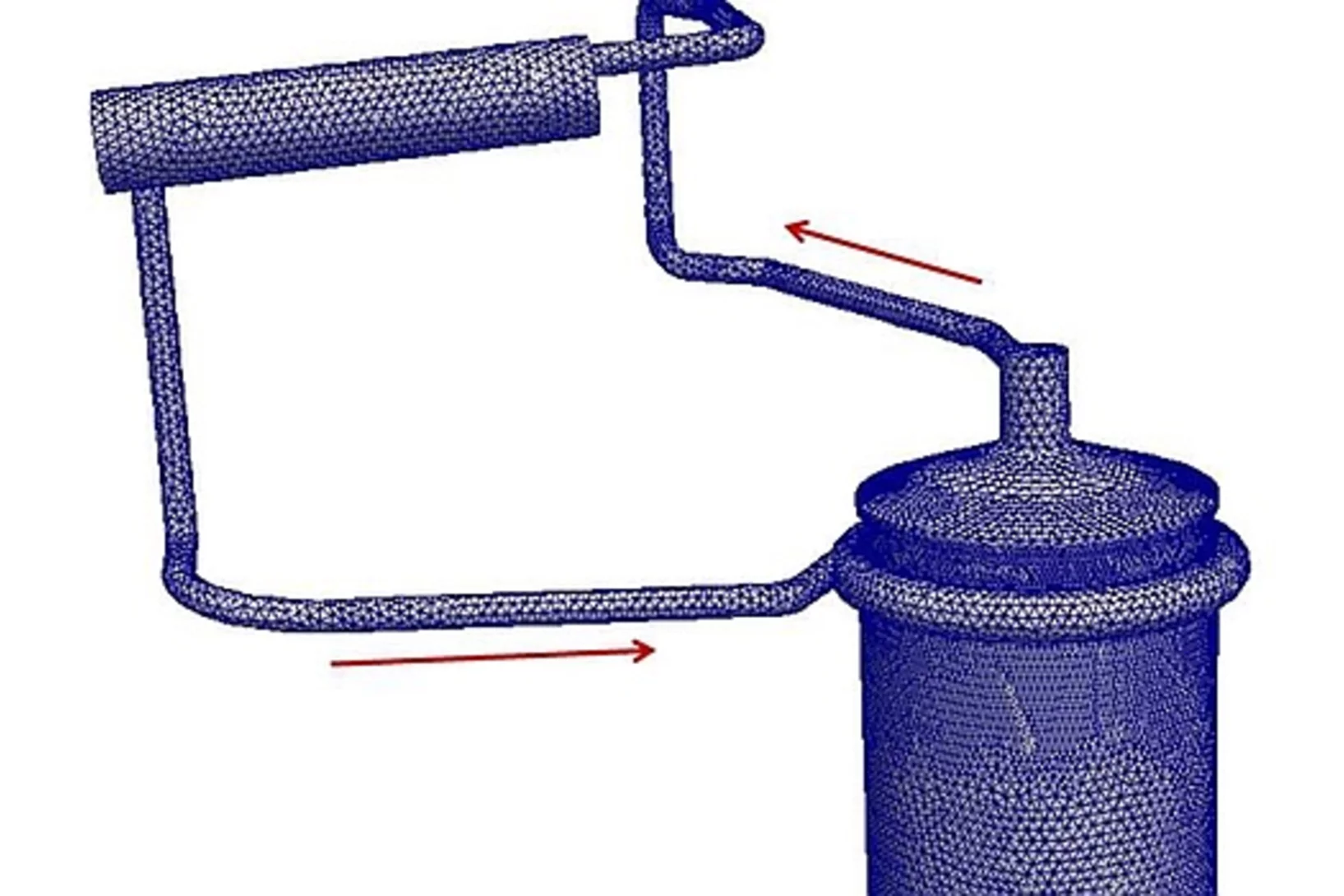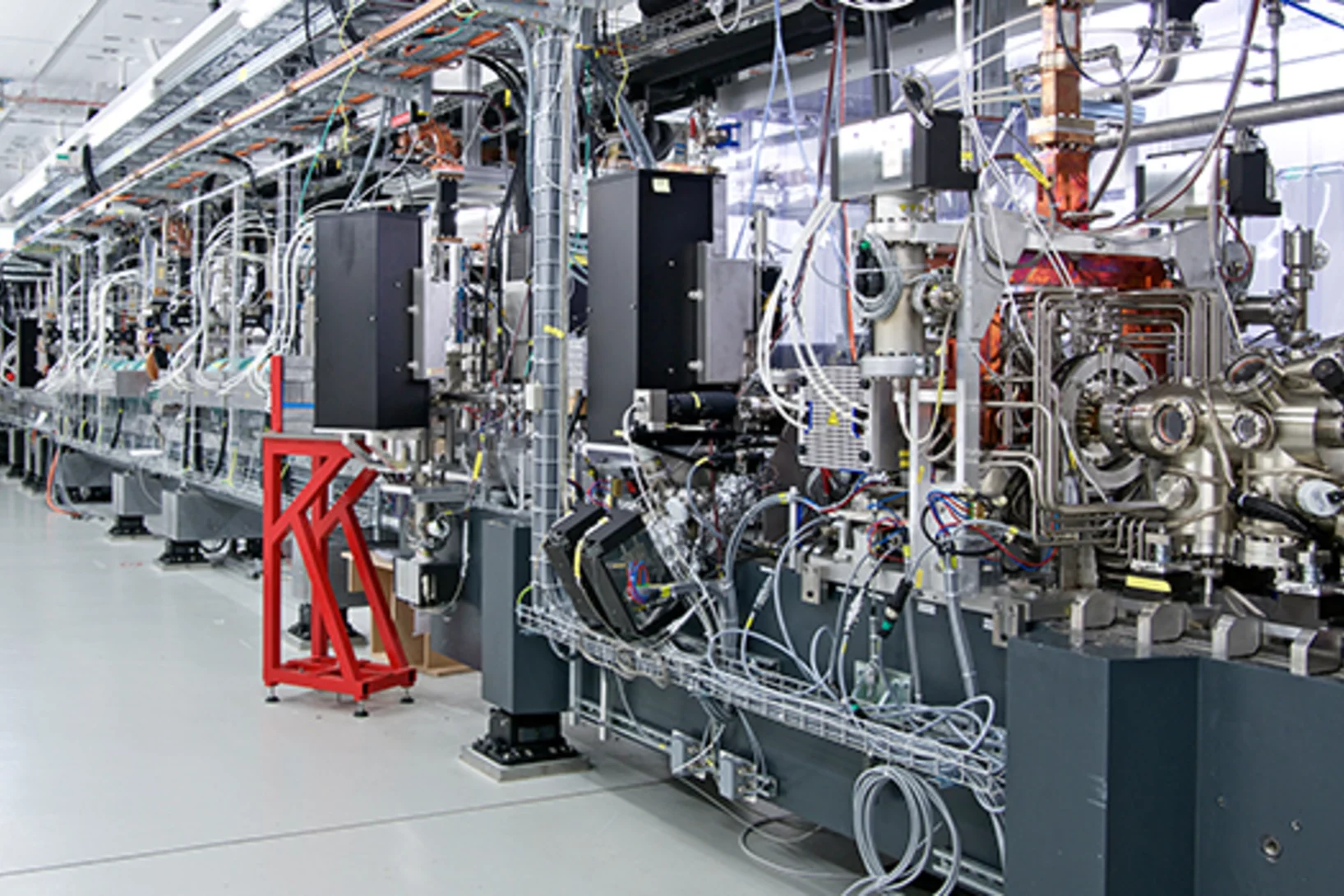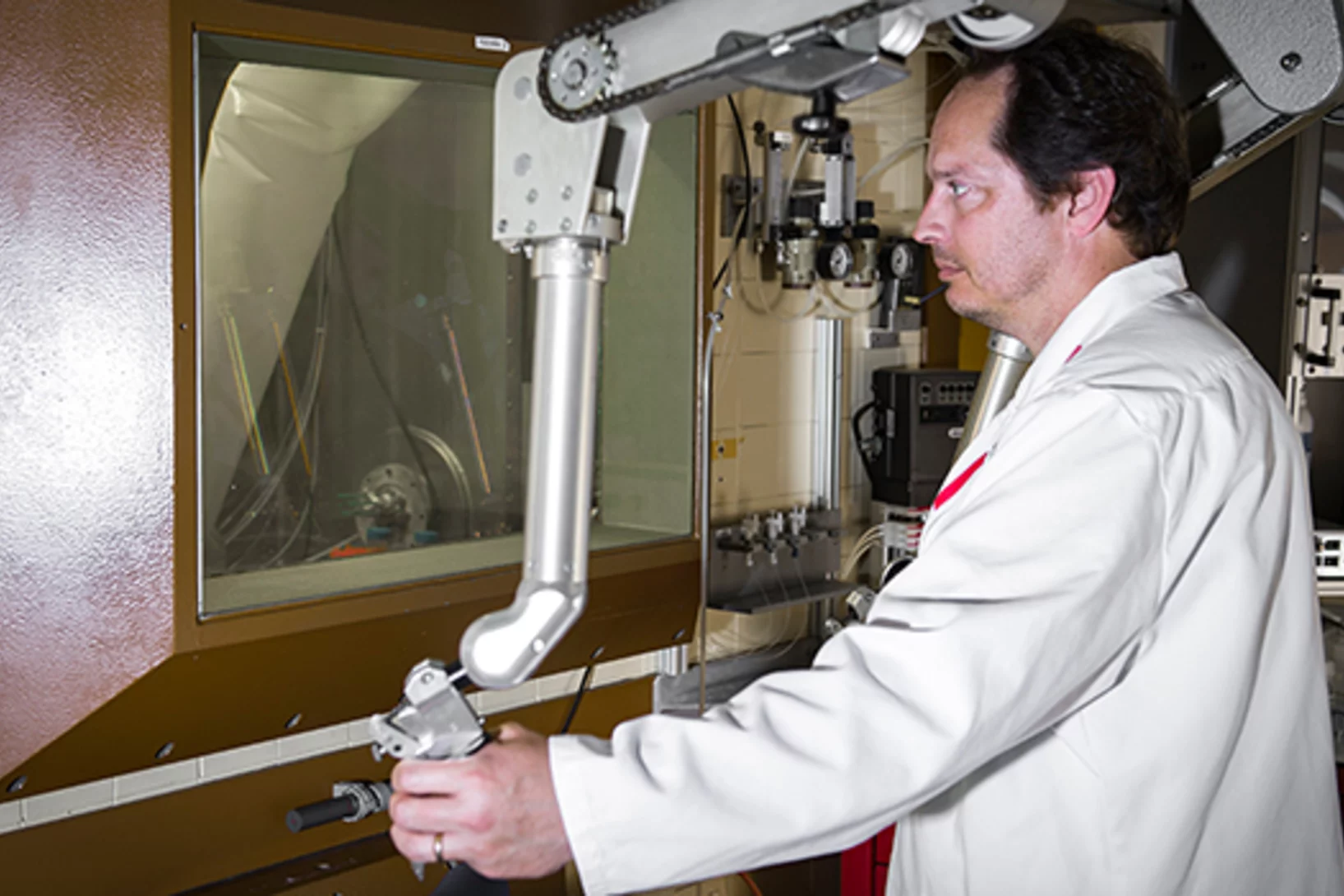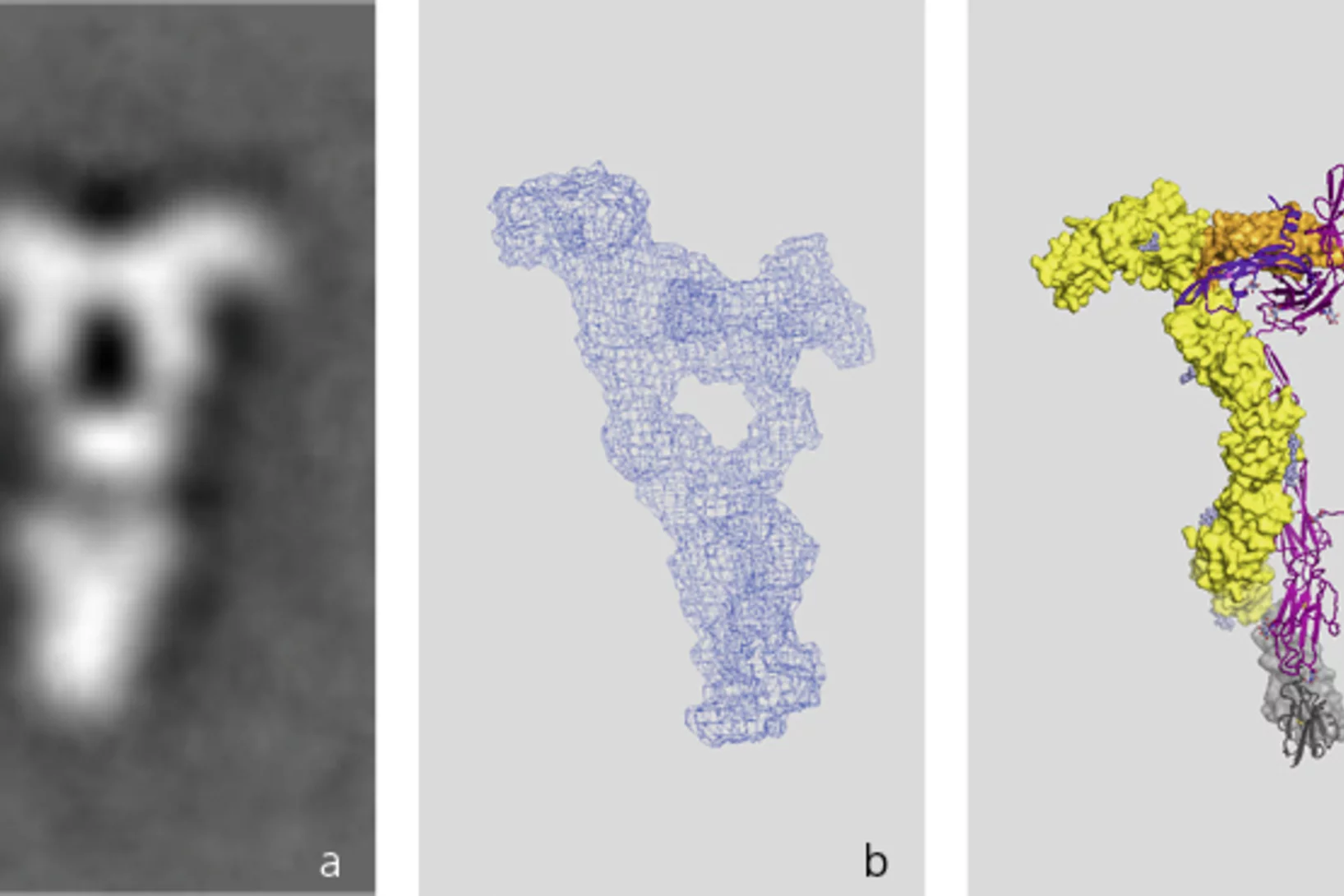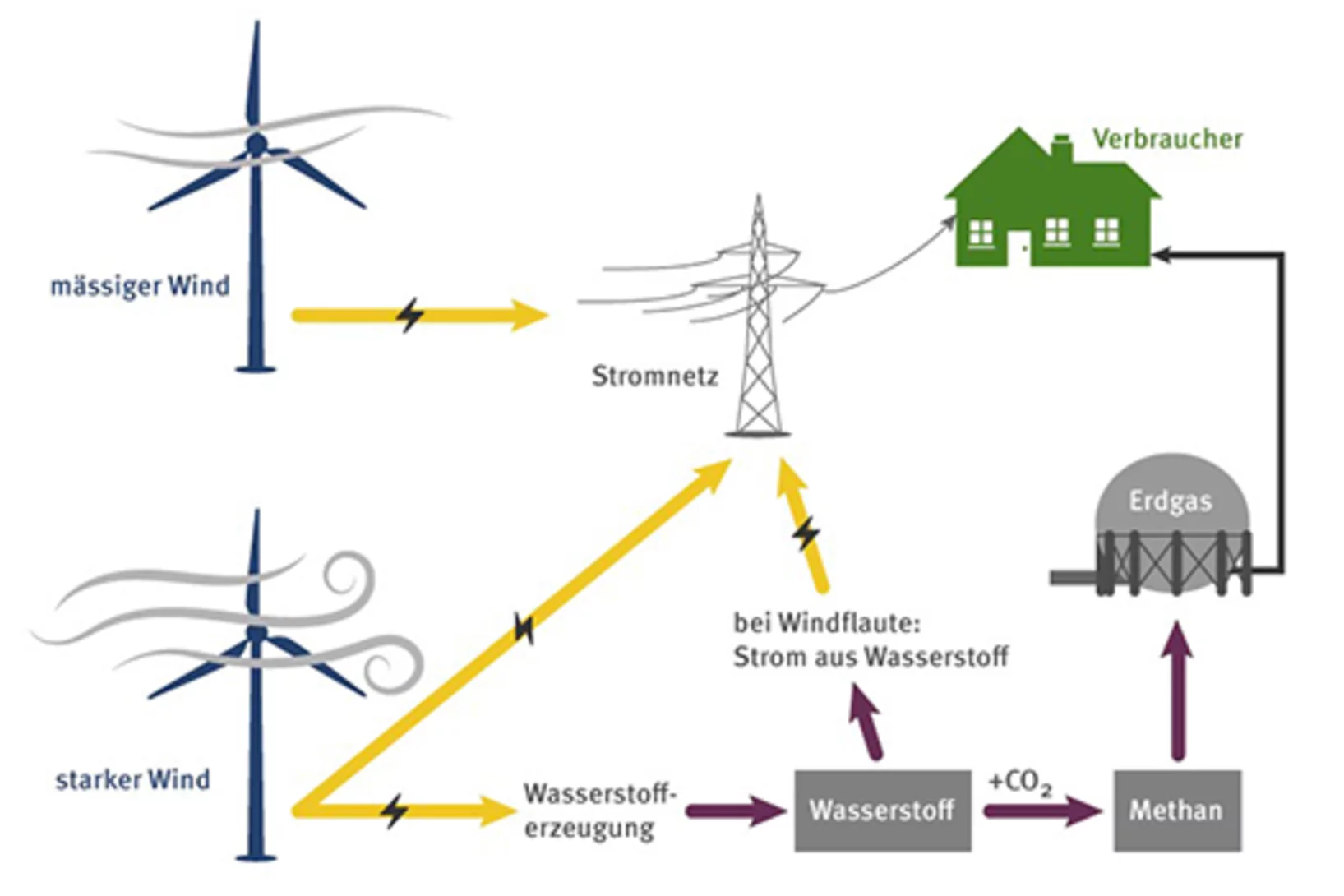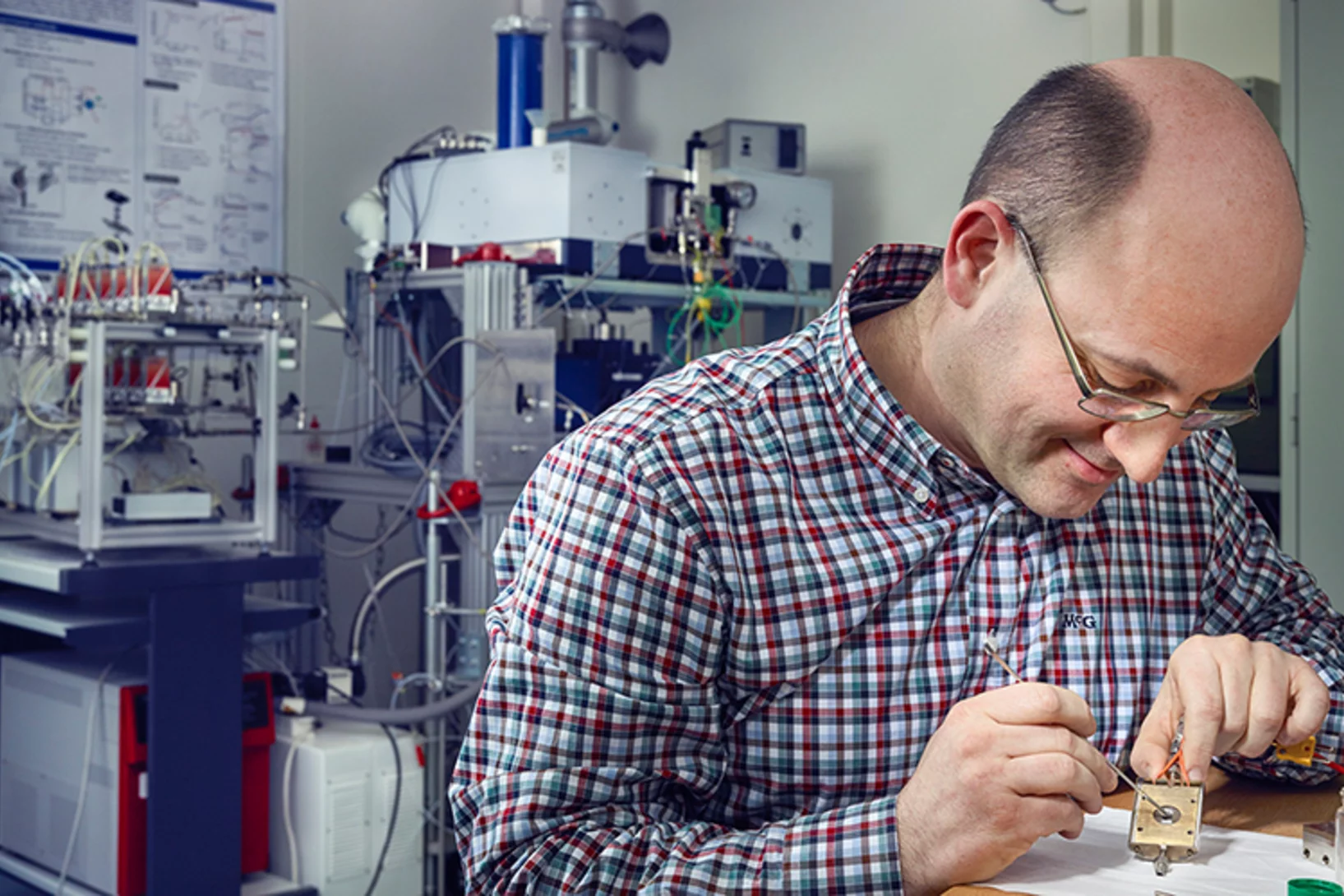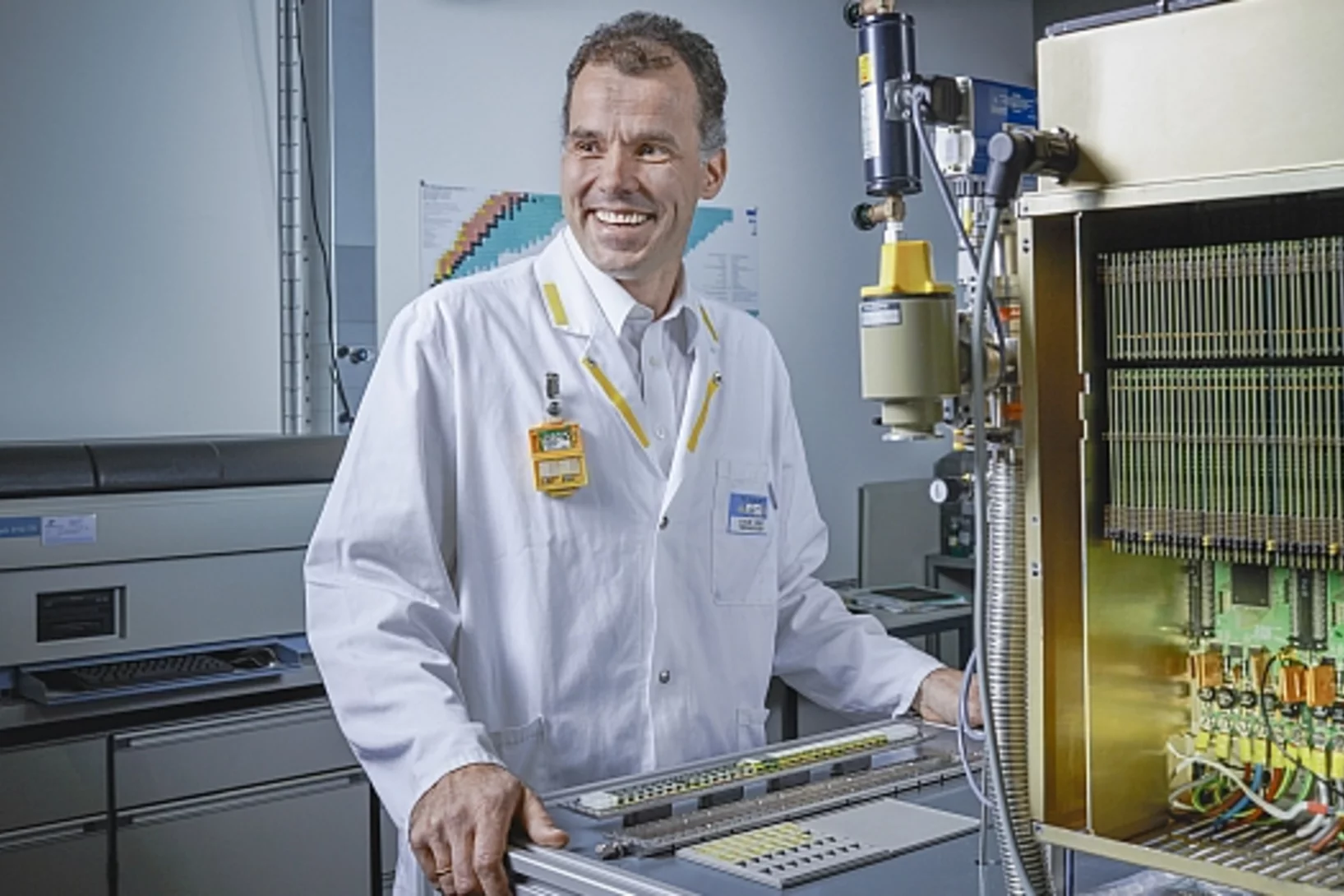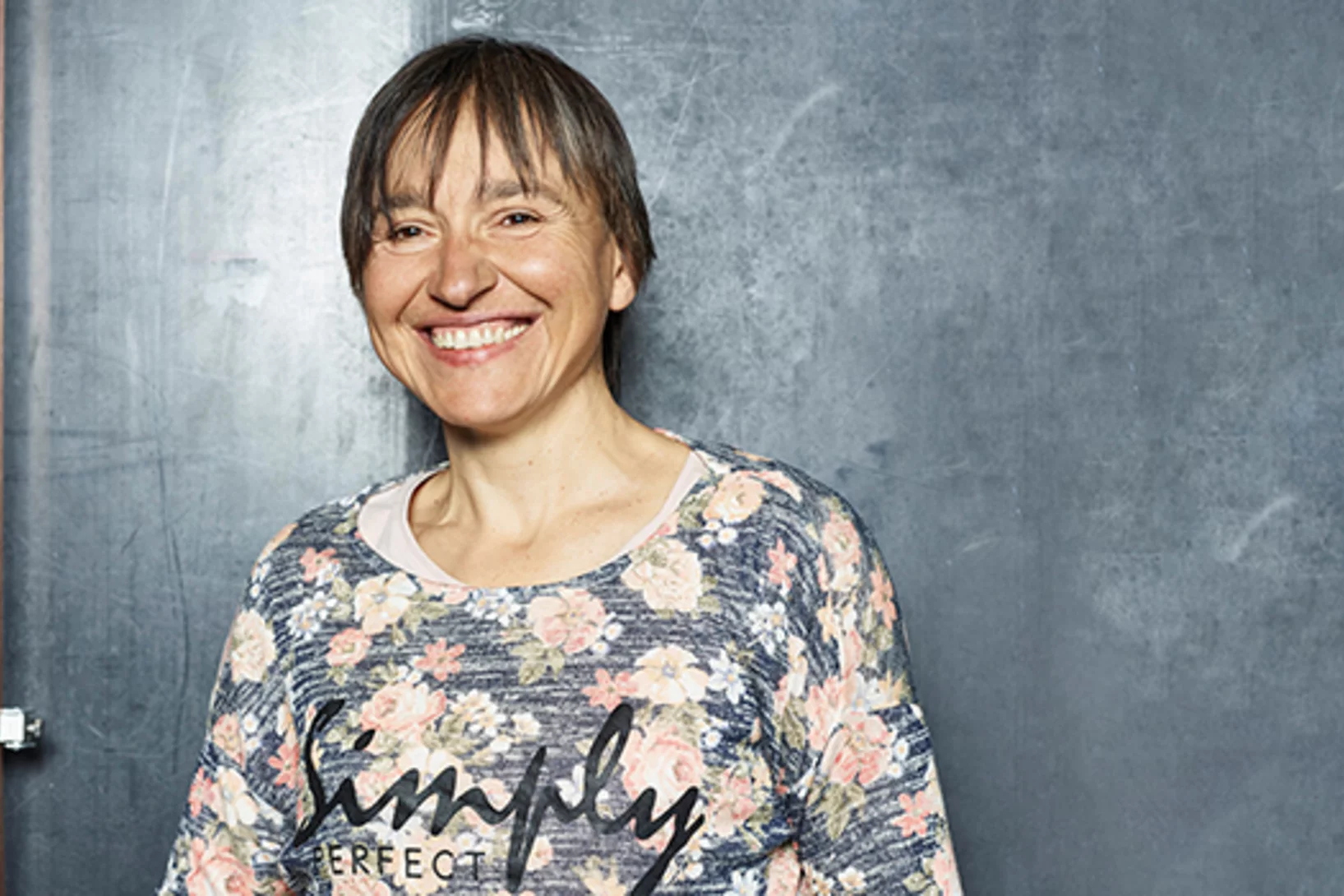PSI Stories
24 hours at the ESI Platform (video)
How can surplus power that can’t be fed into the electric grid be made usable? A fictitious day at the Energy System Integration Platform at the Paul Scherrer Institute PSI.
Molten salt reactors – exploring an alternative
At the Paul Scherrer Institute PSI, a small group of scientists is using theoretical models to explore an alternative for future nuclear reactors: so-called molten salt reactors. This helps to secure Switzerland’s expertise regarding globally relevant questions in the area of nuclear energy and reactor safety, for today and tomorrow.
Physicists at the PSI’s large-scale research facilities are thinking beyond the Nobel Prize theories
This year’s Nobel Prize for Physics goes to David Thouless, Duncan Haldane, and Michael Kosterlitz. The Academy also cited, in its background report, experiments carried out by Michel Kenzelmann, who today is a laboratory head at the PSI. He and other researchers at the PSI continue to do experiments based on the theories now honoured by the Nobel Prize.
SwissFEL in the home stretch: The first electrons are here
SwissFEL building, 24 August 2016: In the control room above the beam tunnel of the X-ray free-electron laser SwissFEL, the atmosphere is intense and focussed. Marco Pedrozzi’s team has big plans for this late August afternoon. The last adjustments have been made — it’s time to press the big button and start up the electron source. The goal: SwissFEL should generate its first electrons. A report.
Designer nuclide for medical applications
Researchers at the PSI have for the first time used a cyclotron to produce the radionuclide scandium-44 in a quantity and concentration as needed for medical treatment. With that, they have achieved the first precondition for scandium-44 to be used one day for medical tests in hospitals.
To starve a tumour
PSI researcher Kurt Ballmer-Hofer is concerned with the question of how tumours could be starved by preventing the development of blood vessels. After 40 years of research that yielded many fundamental insights about the formation of blood vessels, one of the key molecules has been found; further research is expected to enable clinical applications.
Turning Electricity into Gas – and back into Electricity
As capacities for producing solar and wind energy increase, integrating these into the existing energy system is becoming more of a challenge. The ESI platform is testing methods for successful integration. The answer: storing surplus energy as gas.
High-performance catalytic converters for natural-gas vehicles
Natural-gas vehicles are on the way, and they need catalytic converters for the exhaust too. While work is under way at Empa, the Swiss Federal Laboratories for Materials Testing and Research, to optimise natural-gas engines and catalytic converters, the PSI is specialising in research methods that enable very precise observation of catalytic converters. For this work, the PSI researchers have now developed a universal measurement chamber in which catalytic converters can be studied with a variety of different analytical methods, yet always under the same conditions.
One atom at a time
At the PSI, the Heavy Elements Research Group explores the exotic, unstable atoms at the end of the periodic table of elements. The dream: to discover one day the island of stability that could exist beyond the elements charted so far on the chemists' map.
Zebra - a new instrument for the PSI
Interview with Oksana ZaharkoNew scientific questions demand ever better experimental equipment. In this interview, PSI researcher Oksana Zaharko reports on the challenges of setting up a new instrument for research with neutrons.

